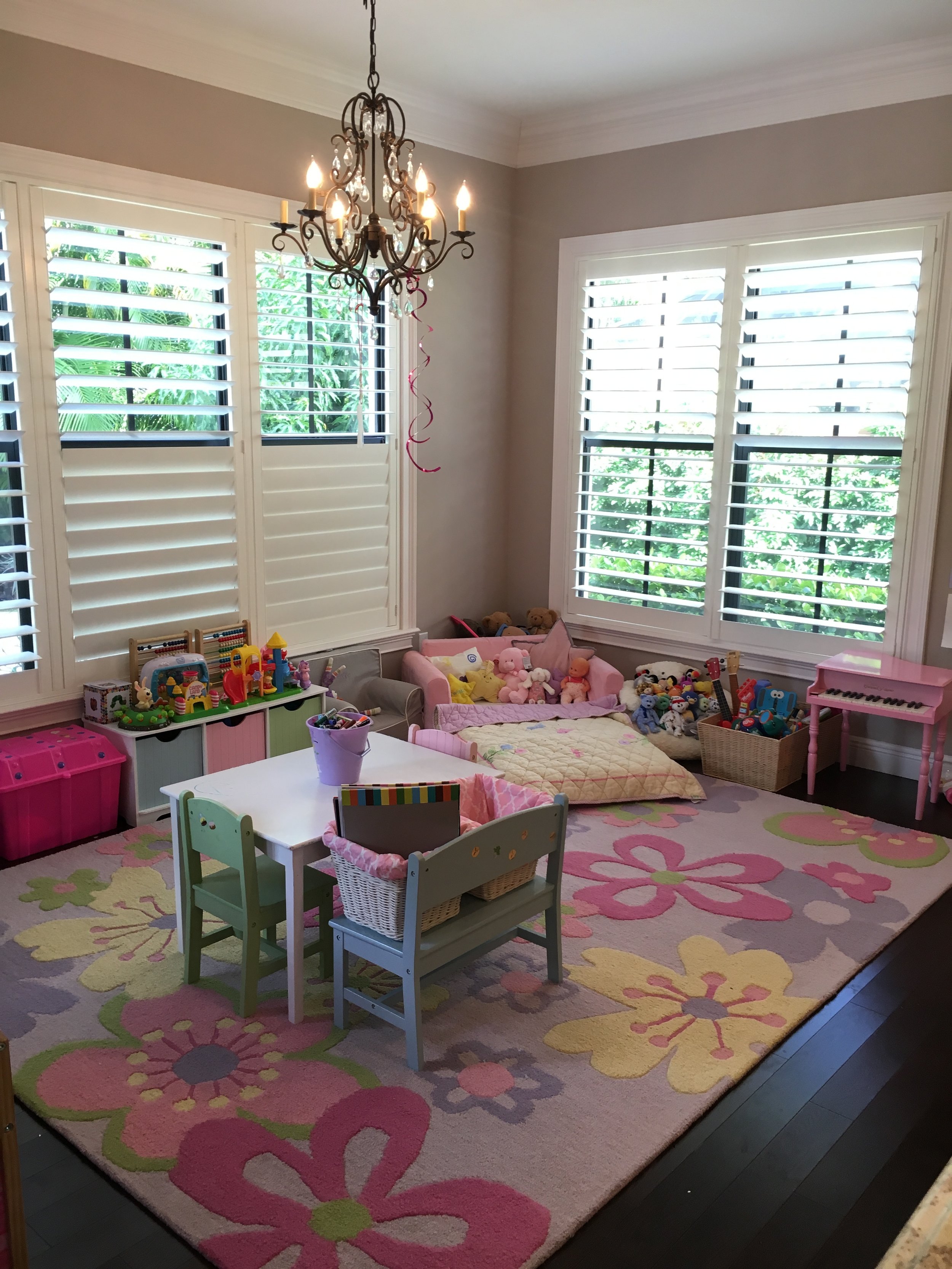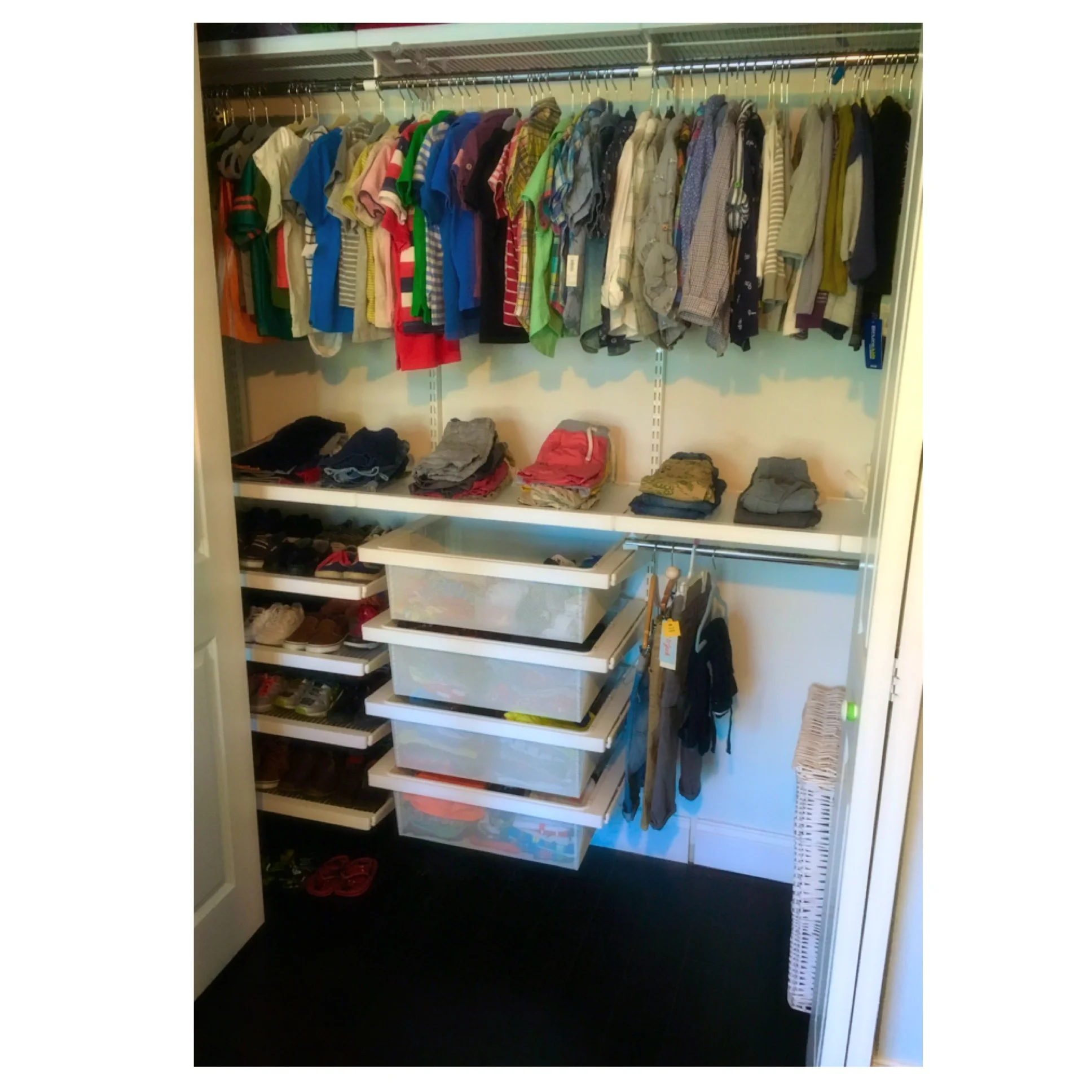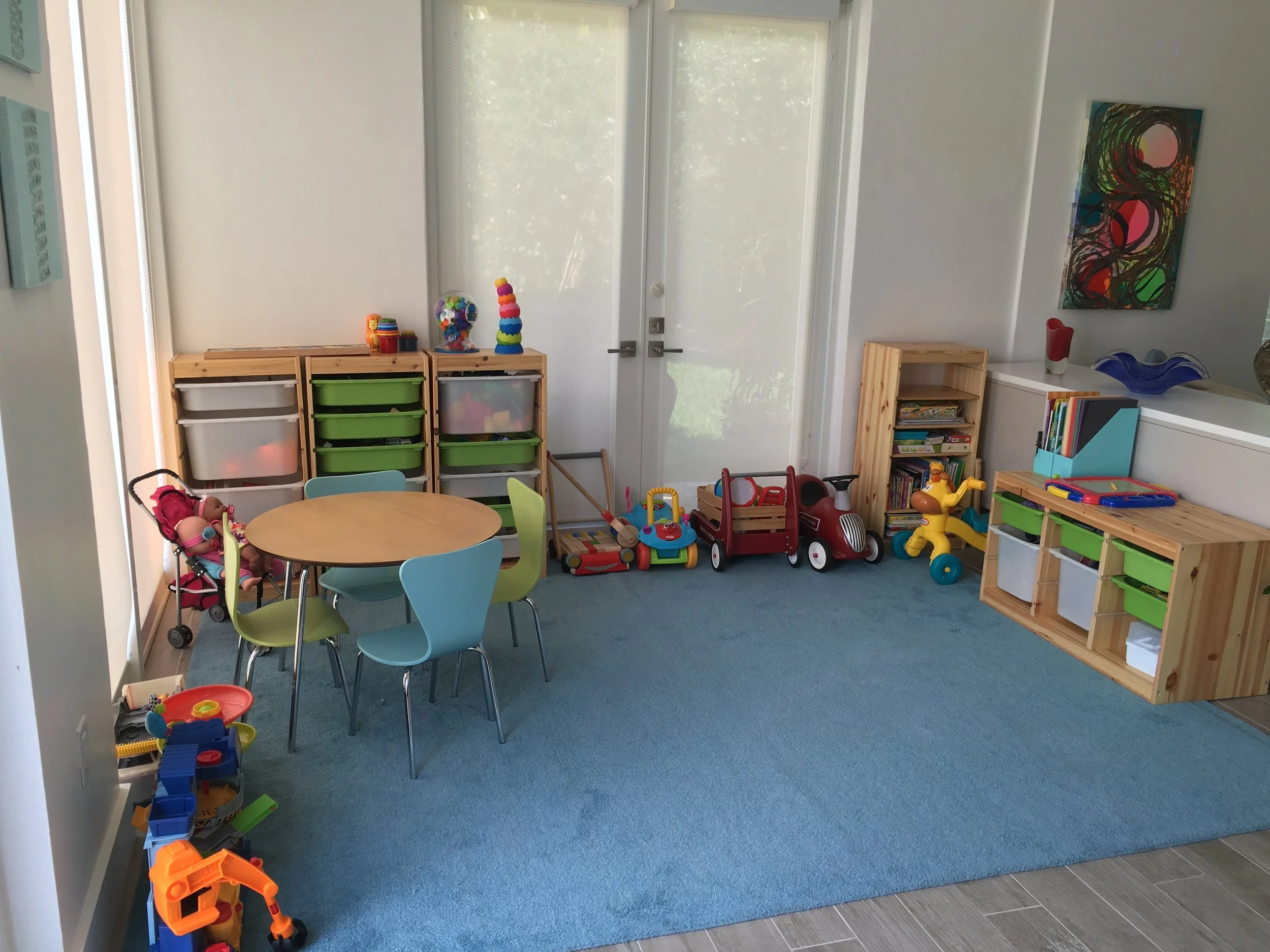How to Organize for Kids and Reclaim your Space!
One of my biggest pet peeves as a mom, is the clutter that has taken over our home since having kids. My little ones have too many toys and it feels like I can't keep them contained no matter what I try! So you could imagine my excitement when I met Tatiana Knight Casas, of Neat with Knight! Tatiana is a Miami-Based Professional Organizer who will be appearing on Lifetime’s “Designing Spaces” for the next year! She very graciously shared some of her expert advice on organizing for kids with us!
Organizing for Kids
Organizing for kids is one of the most rewarding projects because I see the joy in a child’s face when all of their favorite toys are ready for play time as well as their parent’s face when the mess in gone.
As the adult doing the organizing, your goal is to look through everything your child owns, de-clutter, and put things away where everyone can find them. The main categories to organize for kids are clothes and toys.
Clothes:
Gather all of the child’s clothing from the dresser, closet, laundry, under the bed, in the car, and so on. Categorize like items, such as all tops, bottoms, uniforms, and pajamas. The fact that kids grow out of clothing so quickly should make it easy to decide what stays and what goes. Look over each item and donate anything that is stained, damaged, ill-fitting, and so on.
Re-locate items that will be useful for a smaller child in the family and separate items that are still too big by boxing them up with a label or hanging them in the back of the closet for the future. You should also pull out any clothes that you are saving for sentimental reasons, like a baby outfit and put it in a memory box along with other special items.
Hang the clothing in the closet and consider separating school stuff from weekend or everyday stuff. Divide items by type, such as short sleeves, long sleeves, shorts, skirts, and pants. If you want things to look extra nice, line clothing up by color going from light to dark in each category.
For parents who prefer folding clothes, use a dresser, buy a closet system with shelves or drawers included, or add a hanging organizer with sections for folded items. Extra blankets and out of season clothing can go up on a shelf. Then follow the same steps for sorting and purging shoes and accessories.
Toys:
Collect all the toys in one area and separate them into general categories like cars, Legos, action figures, stuffed animals, costumes, puzzles, games, balls, dolls, books, media and electronics, and remove anything that is damaged or incomplete. Try to put sets back together and find missing pieces wherever possible.
If your child has outgrown something and you know that he/she will not be upset by letting it go, donate it to a local charity. Another smart idea is to rotate some toys in and out by selecting a few to hide for a while and bring out in the future as a surprise.
Choose a logical space where items can live. Each category should ideally be stored together and have easy access for playtime. I usually avoid mixing toys with clothing in the closet by keeping the toys down low or removing them from the closet all together. For shared spaces where children are different sexes or have a large age gap, I make separate areas for each child’s toys to live so they know where to find their stuff.
No organized kid’s room is complete without some sort of shelving, cubbies, crates, bins, a toy chest, or all of the above, to containerize toys. The reason you want an organizational tool is because it creates a limit to the amount that can fit inside, which should ultimately limit the amount of toys you keep in general. Each parent can decide how much is too much, but a general rule of thumb is that if it does not fit in the space that you have assigned, it is too much and you need to de-clutter.
Small holders are good for Legos and figurines. Medium sized holders are the best because they fit a fair amount of items without becoming an endless pit of toys that no one ever uses. Large holders are good for stuffed animals and oversized toys. Bulky doll houses and racetracks will have to sit out against a wall or along the floor of the closet so try to limit that to just a few favorites.
Add a bookcase, shelf, or holder where books live and a bin or box to separate electronics, music, or movies. Use hanging shelves for displaying special items, as opposed to having them all over every flat surface in the room.
After the clothing and toys have been sorted, the room should be rid of anything you consider clutter and filled with only the things that your child wears and plays with now or in the foreseeable future. Make an effort to re-organize the space on a regular basis so that things do not get out of hand again.
Amazing reorganizations by Tatiana of Neat with Knight!
Call 305.502.6391 or visit www.neatwithknight.com for appointments. Follow Tatiana on instagram @neatwithknight for more great organizing tips and ideas!
If you enjoyed this post take a moment to sign up for updates, announcements and chances to win giveaways from ispeakmom.com
© ispeakmom.com, 2017. Unauthorized use and/or duplication of this material without express and written permission from this blog’s author and/or owner is strictly prohibited. Excerpts and links may be used, provided that full and clear credit is given to ispeakmom.com with appropriate and specific direction to the original content.








